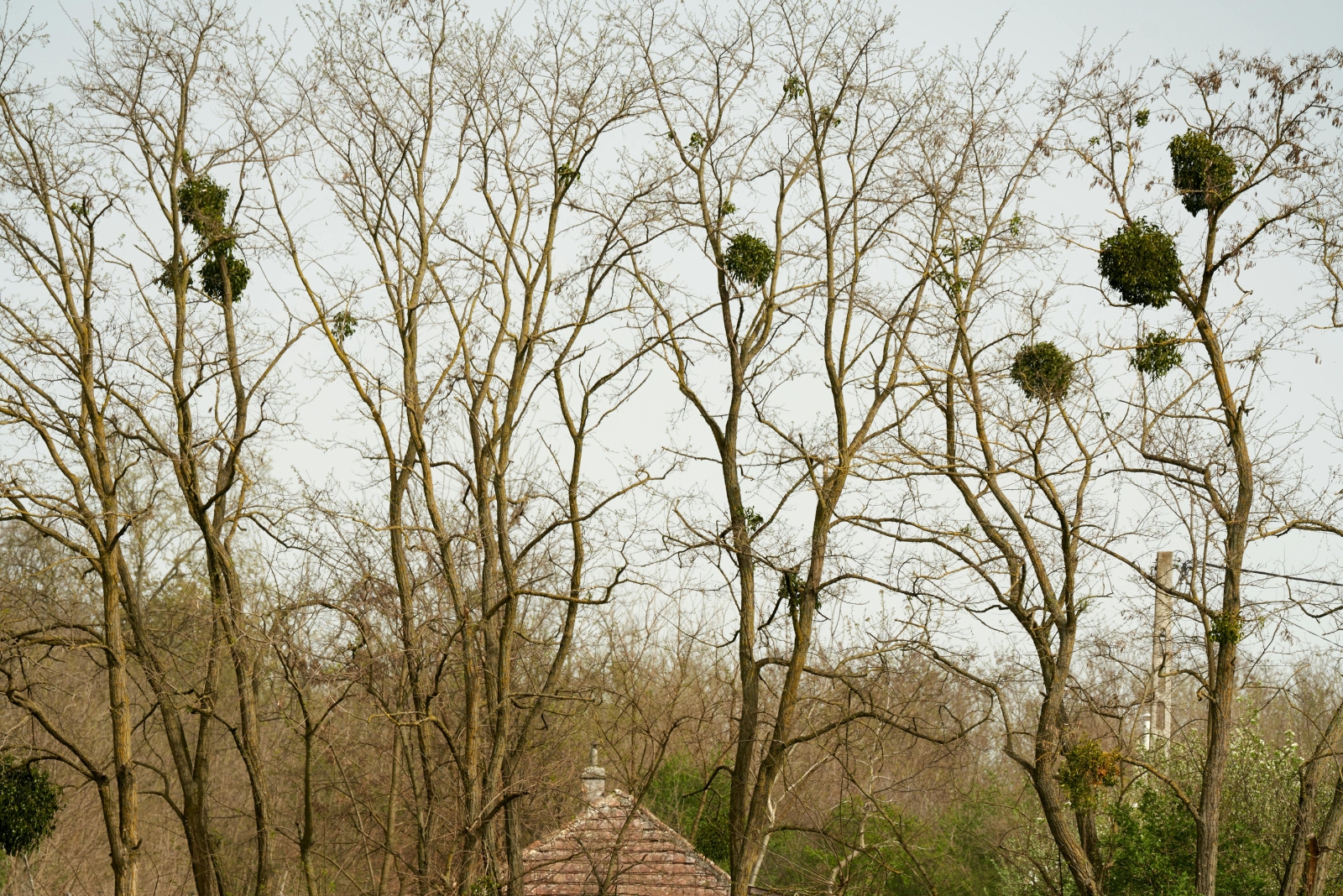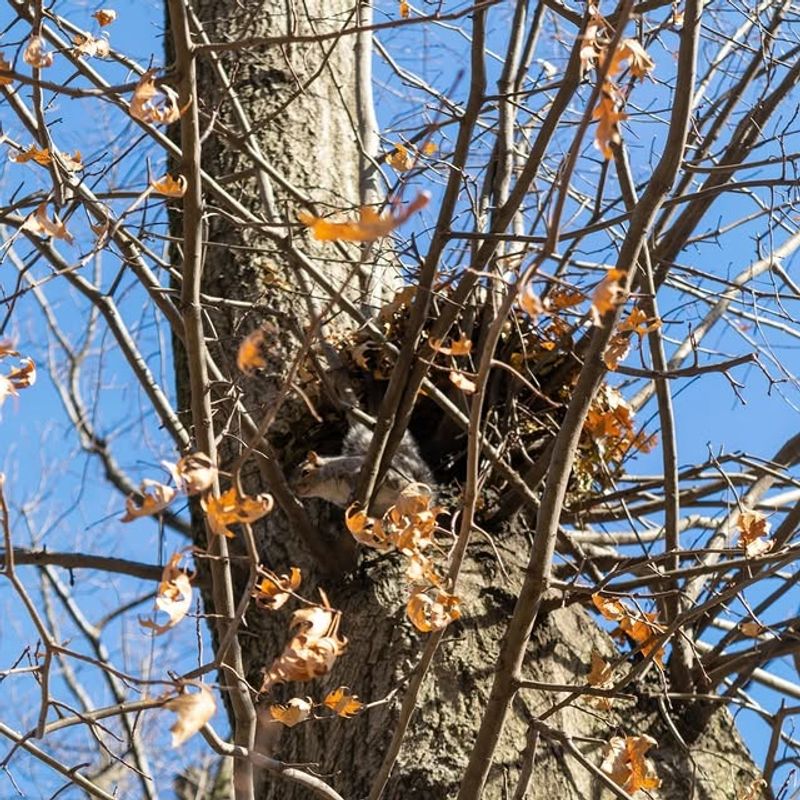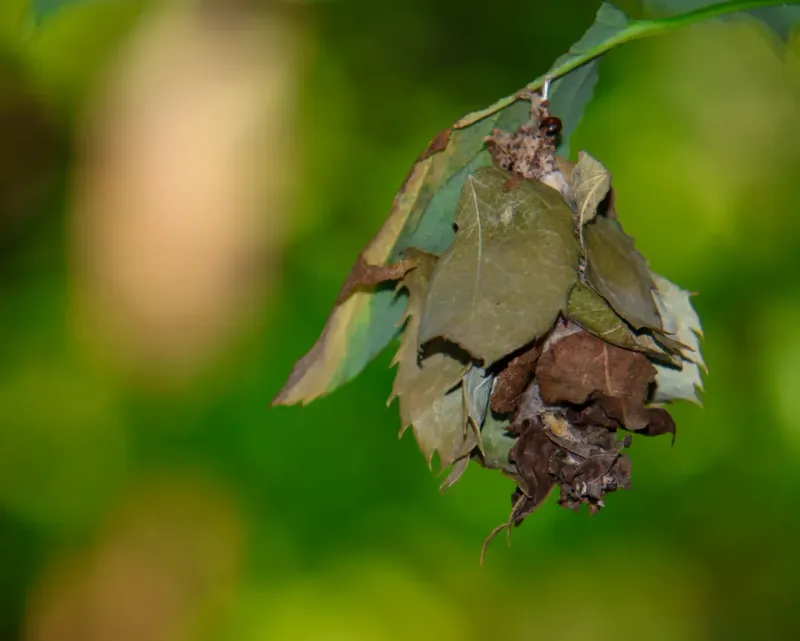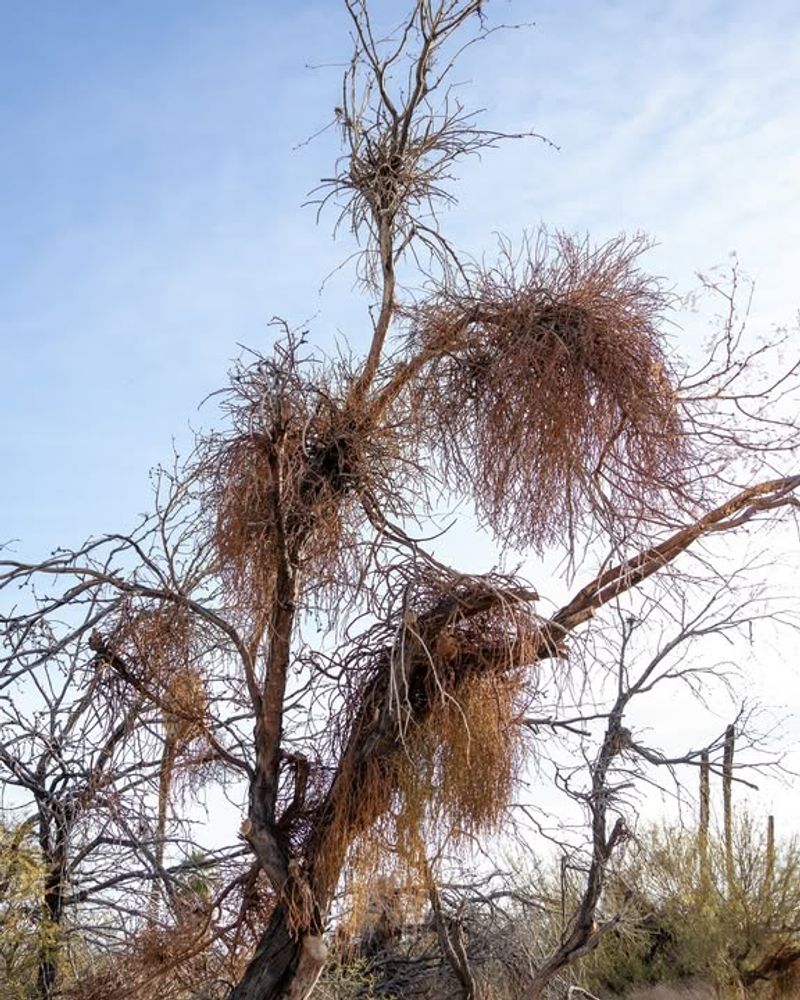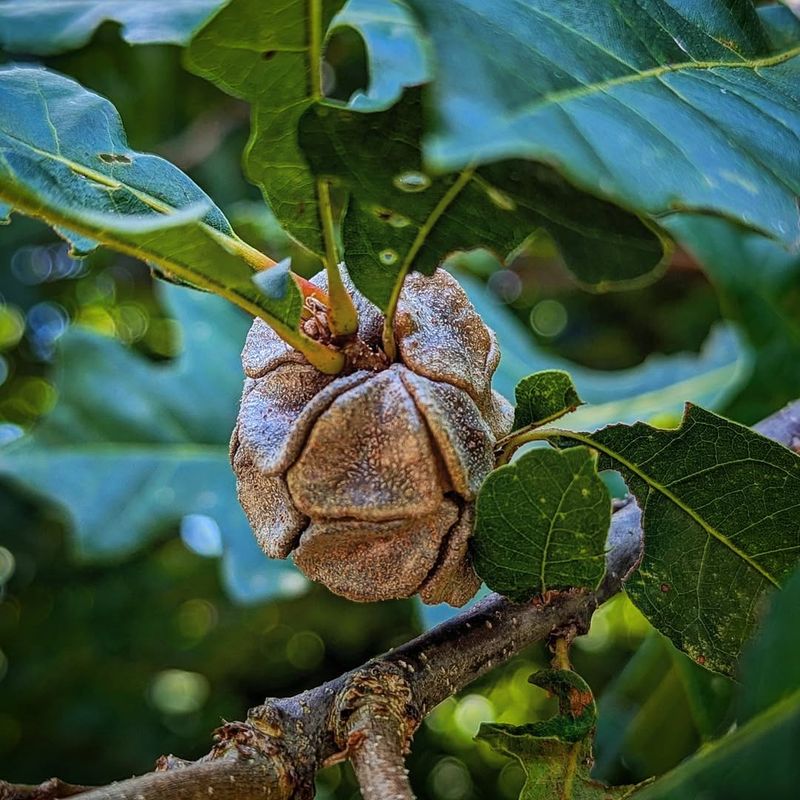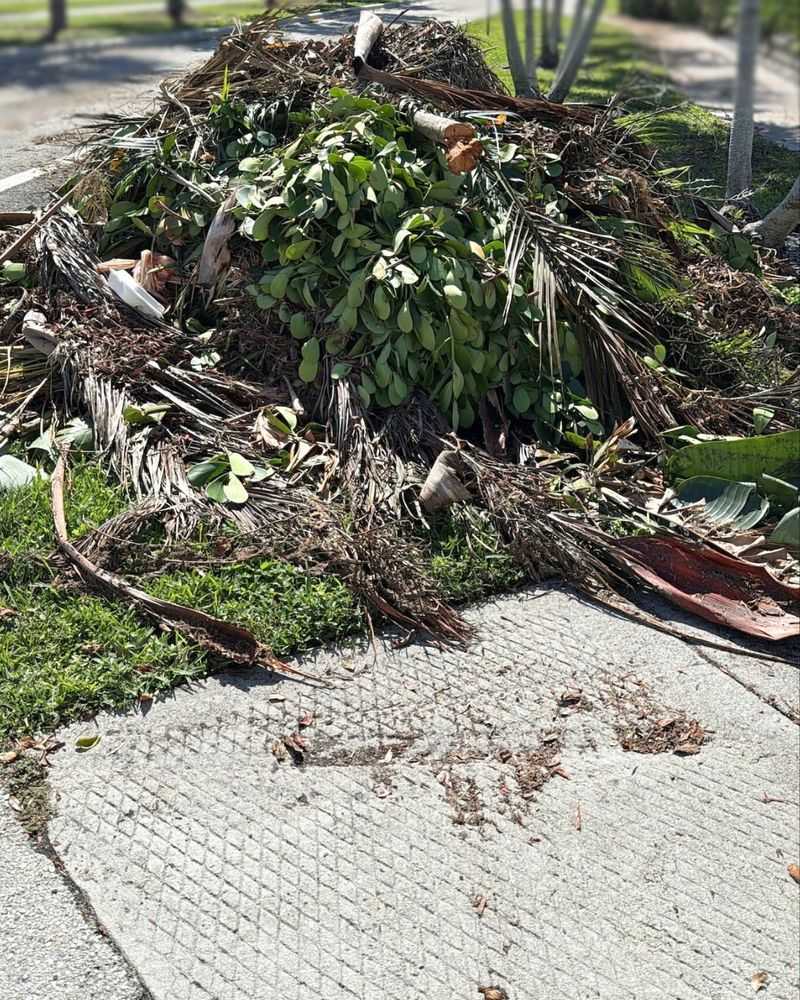A round bundle of leaves high in a North Carolina tree can spark quick assumptions. It may appear deliberate, sheltered, and carefully built. Yet the truth behind that shape does not always match the first guess.
Several creatures, plants, and natural forces can form structures that look almost identical from the ground. The real answer depends on subtle clues in texture, placement, and season. A closer look often changes the entire story.
1. Squirrel Dreys
Gray squirrels build cozy homes called dreys that look remarkably like messy balls of leaves wedged between branches. Unlike bird nests, these structures are much larger and appear more loosely constructed from the outside.
Squirrels weave together leaves, twigs, and bark to create a waterproof shelter with a hollow center. You’ll often spot multiple dreys in the same area since squirrels build backup homes.
Peak construction happens in late summer and fall when squirrels prepare for winter in North Carolina.
2. Witches’ Broom Disease
A strange fungal or viral infection causes trees to grow dense clusters of twigs that bunch together unnaturally. This condition gets its spooky name from the broom-like appearance of the tangled branches.
Hackberry trees throughout North Carolina are especially prone to this odd growth pattern. The clusters can grow quite large and persist for years, collecting leaves that make them look even more nest-like.
While it looks alarming, the disease rarely kills healthy trees.
3. Bagworm Cocoons
Bagworms construct protective cases from silk and bits of the host plant, creating what looks like small pinecones or leaf bundles. When hundreds cluster together on a single branch, they form a concerning mass.
North Carolina evergreens like juniper and arborvitae are favorite targets for these destructive caterpillars. A severe infestation can strip a tree bare and create multiple leaf-covered clusters throughout the branches.
Spotting them early helps prevent serious damage to your trees.
4. Mistletoe Clumps
This parasitic plant latches onto tree branches and grows into rounded, bushy masses that stay green year-round. Oak trees across North Carolina frequently host these unwelcome guests in their upper canopy.
Mistletoe sends roots into the tree to steal water and nutrients, weakening the host over time. The distinctive ball shape becomes most obvious in winter when surrounding leaves have fallen.
Birds spread the sticky seeds from tree to tree, creating new infestations.
5. Leafy Wasp Nests
Certain wasp species construct massive paper nests that incorporate leaves and plant fibers into their architecture. Bald-faced hornets are master builders, creating football-sized structures that blend surprisingly well with foliage.
From a distance, these nests can easily fool you into thinking you’re seeing a simple leaf cluster. The gray, papery exterior often has leaves stuck to it or growing around it.
Never approach closely without professional help during warm months when wasps are active in North Carolina.
6. Gall Formations
Tiny insects and mites trigger trees to form abnormal growths called galls that can cluster together dramatically. Oak trees produce particularly impressive galls that sometimes combine with surrounding foliage to create mysterious spherical masses.
Each gall provides shelter and food for developing insect larvae inside. Some species cause dozens of galls to form on a single branch, creating a lumpy, leaf-covered appearance.
Most galls are harmless curiosities rather than serious threats to tree health.
7. Leaf Debris Caught in Branches
Sometimes the simplest answer is the right one. North Carolina strong winds and storms blow leaves into tree crotches where they get stuck and accumulate over time.
Branch angles and rough bark create perfect traps for airborne debris, building up layers that compact into convincing nest shapes. Vines growing through the branches can also catch and hold leaves, adding to the illusion.
Rainy weather makes these clumps especially visible as they darken and become more defined against bare branches.

